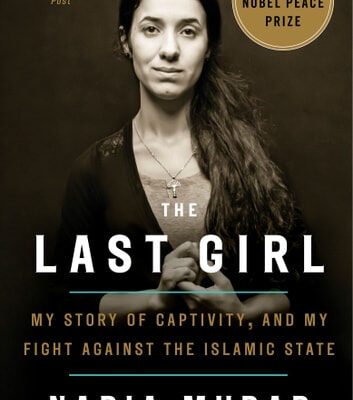Blog
While memorials are of particular interest to this project, they are by no means the only way that public memory of sexual violence is constructed. This project blog, therefore, is imagined as a space for broader, more open-ended discussions about how public memory of sexual violence is (/might be) constructed. Posts that appear here will consider how sexual violence appears in cultural products such as memoirs, poetry, novels, film and TV productions, visual arts, and so on. As Viet Thanh Nguyen compellingly writes, the work of “just memory” depends on art, in its various guises. Writing, photography, film – these are all “forms of memory and of witnessing” that persist even after official forms of memorialisation have ceased to hold sway: “Art is the artifact of the imagination, and the imagination is the best manifestation of immortality possessed by the human species, a collective tablet recording both human and inhuman deeds and desires.”
There is a widespread understanding that experiences of sexual violence are silenced; that there remains something unspeakable about sexual assault in our contemporary culture. Without wishing to negate the fact that many stories of sexual violence are not told, that many victim-survivors are unable, for myriad reasons, to get their stories heard, sexual assault does appear as a persistent theme across a broad range of cultural products. Sometimes, it feels difficult to avoid it. But how is sexual violence represented in these recurrent, unavoidable appearances? What kinds of representations are commonplace, and what alternative ways of thinking and knowing about sexual violence are drowned out – are silenced – in the din?
It is therefore to art, broadly imagined, that this blog turns. I make no pretence that the sample of items discussed here will be representative, or generalisable, in social scientific methodological terms. The cultural products examined are chosen because they pique the interest of the research team; the only criteria being that, in some way, they discuss sexual violence in war and/or in peace. Because of my own linguistic limitations, any text will be in English. While most of the items chosen are likely to be contemporary, some may be older. Moreover, it’s worth noting that the posts featured here will not be reviews, as such, in that they will not offer judgements on quality or artistic worth; rather, they will centre reflections on the ways in which sexual violence is storied in the cultural products in question. How is such violence classified and defined? How are its causes, its perpetrators, its victims, its impacts framed? How might each cultural product help us to imagine a world otherwise, a world without sexual violence? By orientating itself around questions such as these, the blog seeks to take a wider view on how public memory around sexual violence across both war and peace is created and recreated on an ongoing basis. Among other things, I hope that this will facilitate broader thinking about the memorial projects, by providing space to think more expansively about the discursive space in which the memorials themselves seek to make sexual violence comprehensible.
Content warning: This is a blog about representations of sexual violence. All of the posts will deal in one way or another with sexual violence. Posts are likely to include multiple potentially triggering themes such as descriptions of violence, child abuse, trauma, victim-blaming, self-harm, and so on.
Spoiler alert: This blog is riddled with spoilers.
Do you want to contribute to this blog? Please send any ideas for guest posts to harriet.gray@york.ac.uk.
-
Nadia Murad with Jenna Krajeski (2017) The Last Girl: My story of captivity, and my fight against the Islamic State. New York: Tim Duggan Books.
By Harriet Gray Nadia Murad was born in 1993 in Kocho, a mainly Yazidi village in the Sinjar district of...
-
Revisiting Wronged Women’s Stories: ‘Framing Britney Spears’ (2021) and ‘Pamela: A Love Story’ (2023)
By Phoebe Martin Recently, there has been a wave of documentaries revisiting the lives of women who were the targets...
-
Kirby Dick (dir) (2015) The Hunting Ground, RADiUS-TWC
By Harriet Gray The Hunting Ground documentary came out in 2015, so I am a little behind the times on...
-
Chanel Miller (2019) Know My Name: A Memoir, New York: Viking Press
By Harriet Gray It is not the purpose of this blog to offer reviews of the cultural products with which...
-
Emerald Fennell (dir.) (2020) Promising Young Woman, Universal Pictures
By Harriet Gray Promising Young Woman is a funny, angry, stylised revenge thriller. Our heroine, of sorts, is Cassie (played...
-
Kate Elizabeth Russell (2020) My Dark Vanessa, London: 4th Estate
By Harriet Gray My Dark Vanessa is a novel centred on the sexual abuse of a 15-year-old girl, Vanessa Wye, by...







